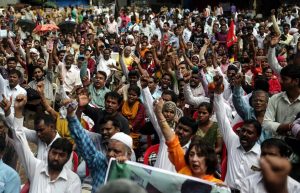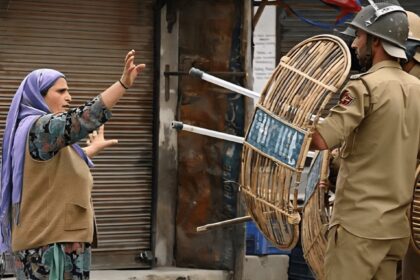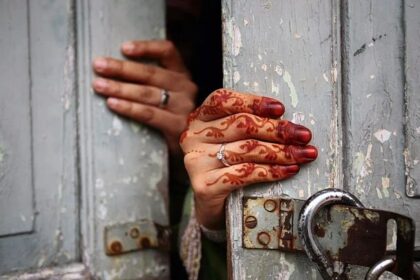In India today, the term “Dalit” is commonly used to refer to a community historically subjected to untouchability. The other common term is “Scheduled Castes,” an administrative category created by the British in 1935 when they created lists of people eligible for special positive discrimination programs. However, the oldest name, Untouchables, is still used due to its evocative power. The word “Untouchability” instantly evokes the idea of ritual purity or impurity, which is the heart of the caste system.
Ancient Hindu texts like the Rig Veda divide the society into four main varnas:
Brahmins (priests and scholars)
Kshatriyas (warriors and rulers)
Vaishyas (traders and merchants)
Shudras (servants and laborers)

The Untouchables were not part of this system because they were excluded from the whole concept of society. What’s ironic is that the main concept of untouchability arose because of the rigid caste rules that existed on ritual purity. Brahmins’ position was on the top of the hierarchy, and they were expected to maintain extreme cleanliness, which meant only eating a strict vegetarian diet. While the Untouchables were not even supposed to interact with the rest of society, they were even segregated as they had distinct neighborhoods away from the rest of the villages.
In the caste system, a person’s occupation was largely determined since they were born. Brahmins were known to be intelligent, powerful, and prestigious, so they held powerful positions in the administrations of the state. Kshatriyas usually were landlords, also known as zamindars, so they controlled land and governance while conquering territories. Vaishyas, who were moneylenders, focused on economic activity and finance in general. Shudras were craftspeople and worked in factories like jewelry. The Untouchables were provided with the most degrading and menial jobs that included working as sweepers, meat cutters, shoemakers, tanners, and other jobs.
The caste system also strictly controlled marriage. The castes must not be mixed for the system to survive, and so inter-caste marriages were forbidden. The word “Jati” comes from the verb “to be born,” meaning that a person is born into the caste and remains in it for life. They are arranged hierarchically based on their status, which is determined by ritual purity and ranges from Brahmins to Untouchables.

India had achieved independence since 1947, but the Congress leaders still struggled to dismantle untouchability. The Congress party had a conflicted stance regarding the caste systems. While they opposed untouchability and declared it illegitimate, many within the party, like Mahatma Gandhi, favored reforming rather than abolishing the caste system.
The Indian Constitution in 1950 introduced and reaffirmed new laws that supported the Dalit community and promoted an equal caste-based system. Untouchables should be treated with dignity and are not prohibited from entering or visiting any public place, according to the Untouchability (Offenses) Act of 1955. Affirmative action policies reserved seats for the Dalits in the educational and governmental sectors.
In India, the practice of large-scale violences has a long history. Despite these legal protections, discrimination against the Dalit communities still continues. One of the most horrific incidents occurred in 1968 in the Tamil Nadu village of Kilvenmani, where 42 Dalit agricultural laborers were protesting and demanding higher wages. The upper caste locals locked them in a hut and set it on fire, and hundreds lost their lives. Similarly, nearly 40 years later, in September 2006, in the Maharashtra village of Khairlanji, four Dalit family members—including the mother, her sons, and daughter—were murdered by upper-caste individuals with the blame of land exploitation. Such violence persists because justice often remains out of reach. Police often refuse to file complaints against the upper-class perpetrators, and even when they do, the witnesses are discouraged from testifying before the judges by upper-caste intimidation tactics. The judiciary is also criticized for its bias when it comes to cases dealing with Dalits. As a result, only 2.31 percent of the 27,894 cases filed under the Atrocities Act in 2002 ended in conviction, according to the National Human Rights Commission’s annual report. So, even after the guilty men are found guilty, their sentences may eventually be reduced.

This leaves us thinking: can India truly achieve an egalitarian society where caste-based oppression is entirely eradicated and justice prevails for all?
















